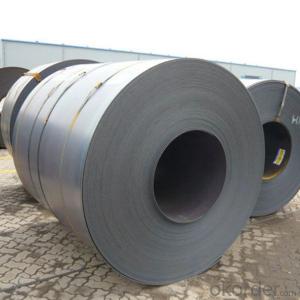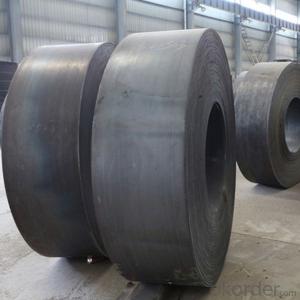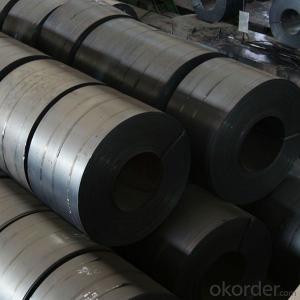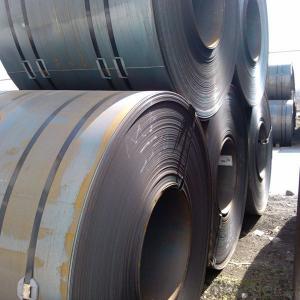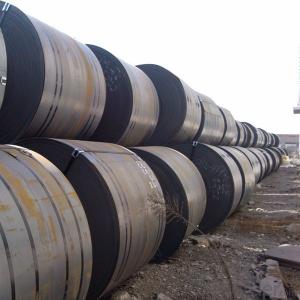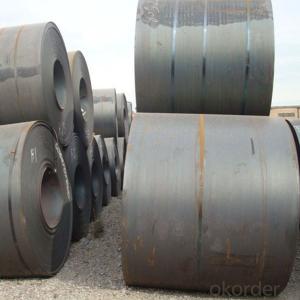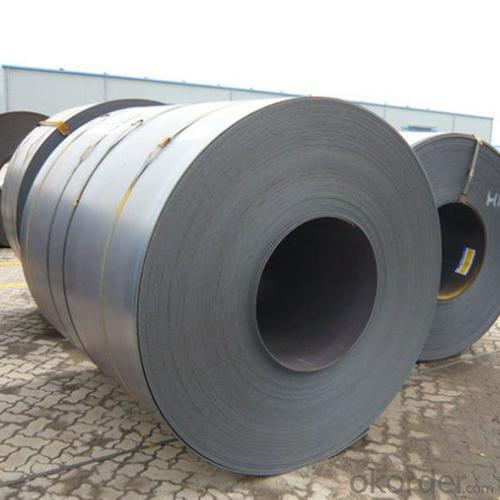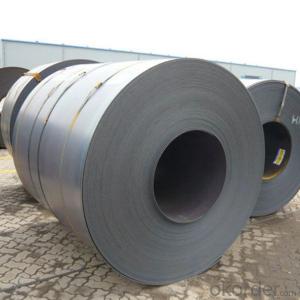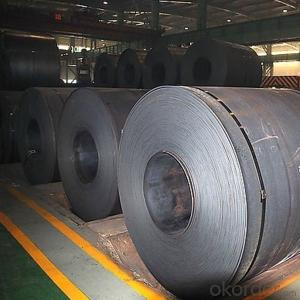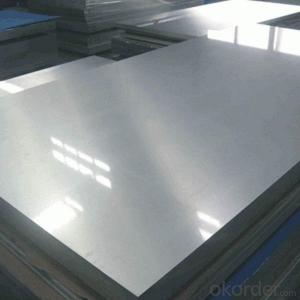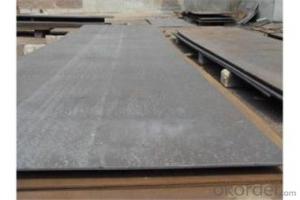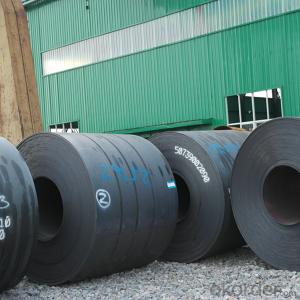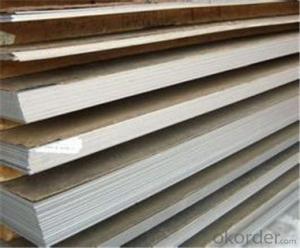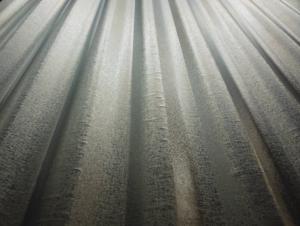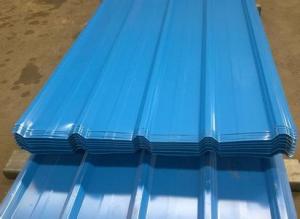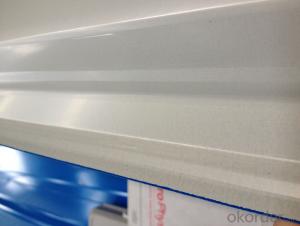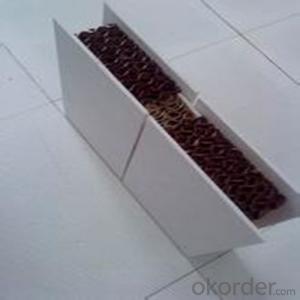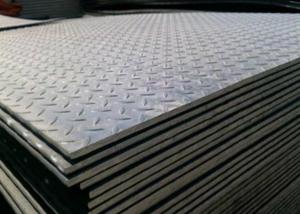Steel Coils Hot Rolled Steel Q235 Made in China
- Loading Port:
- Tianjin
- Payment Terms:
- TT OR LC
- Min Order Qty:
- 28 m.t.
- Supply Capability:
- 500 m.t./month
OKorder Service Pledge
OKorder Financial Service
You Might Also Like
Specification
DESCRIPTION FOR SS400 CARBON STEEL SHEET
1.Thickness: 1-200mm
2.Width: 100-3000mm
3.Length: 1000-12000mm
4. Applications :mining machinery, environmental protection, engineering
5. Grade:SS400 A 36 Q195.Q235.Q345.SPCC.SPCH
6.Surface : Hot Rolled Cold Rolled Galvanized Steel
DESCRIPTION:
GRADE: SS400, ASTM A36, A572, ST37,ST52, Q195, Q215, Q235,Q345, S235JR etc.
STANDARD: GB/T709-2006, ASTM A36, JIS G3101, DIN EN 10025, SAE 1045, ASTM A570
SPEC:
1)Width: 600-2500mm or 1000,1050,1250,1500,1800,2000mm
2)Thickness:1.5mm-200mm or as customers’ special requirements;
3)Length: 2-12m or as customers’ special requirements
PACKING:
1.Big thickness:by bulk vessel
2.Small thickness:packed by steel strips and shipped by container
3.According to the requirements of customers'
TRADE TERMS :FOB, CFR, CIF
DETAILED PICTURES FOR STEEL COILS
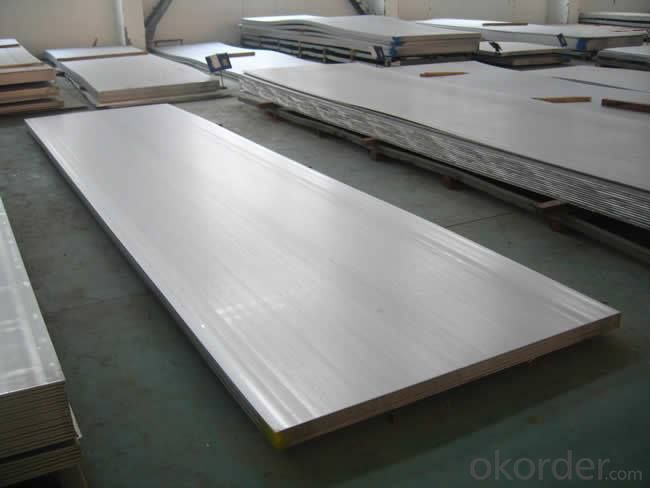
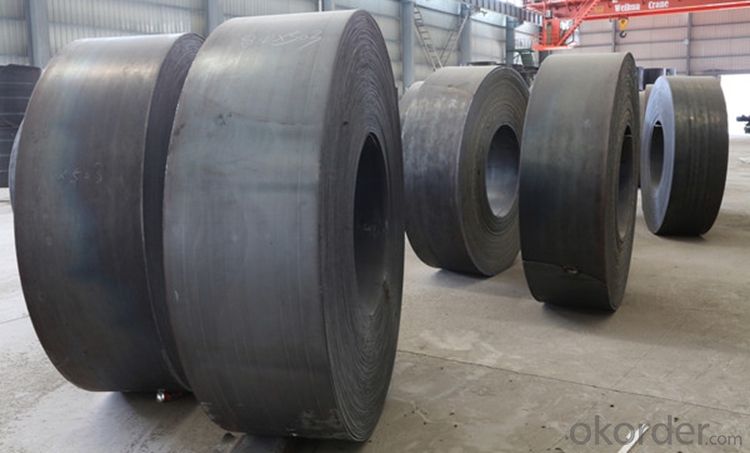
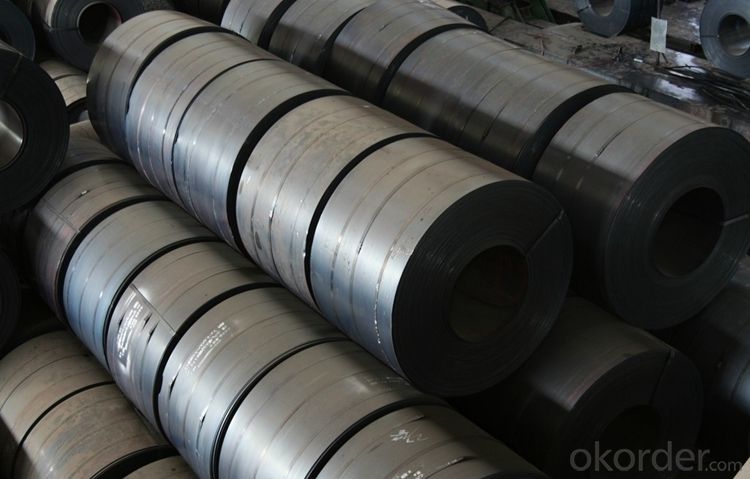
PAYMENT&DELIVERY FOR STEEL COILS/SHEETS
Payment Terms | 100% LC at sight,or 30%TT in advance, balance against B/L copy |
Delivery Time | With 30-40 days after deposit |
Price Terms | Ex-Work, FOB, CNF, CFR, CIF,etc |
FAQ:
Q:You are Factory or Trading Company?
A:We are factory,our main products include Steel plate,Steel Bar,Steel coils.
Q:What’s the MOQ?
A:Generally,the trail order will be accepted.The MOQ can be confirmed according to the different products.For example,the MOQ of rebar will be 25-50MT,the galvanized steel pipe will be 10MT,the stainless steel pipe will 1-5MT.
- Q: Can the steel sheets be used for roofing purposes?
- Yes, steel sheets can be used for roofing purposes. Steel roofing sheets are a popular choice due to their durability, strength, and resistance to harsh weather conditions. They provide excellent protection against elements such as rain, snow, and hail. Steel roofing sheets are also fire-resistant and can withstand high winds, making them a reliable option for roofing. Additionally, steel sheets are lightweight, which makes them easier to install and reduces the load on the structure. They are available in various designs and colors, allowing for customization according to individual preferences. Overall, steel sheets are a versatile and practical choice for roofing purposes.
- Q: What is the typical cost of steel sheets compared to aluminum?
- Compared to aluminum, steel sheets generally have a lower typical cost. Steel, known for its strength, durability, and affordability, is widely used in construction and manufacturing. Steel sheets are easily obtained in various grades and thicknesses, making them more economically advantageous. Conversely, aluminum, a lightweight and corrosion-resistant metal, is highly sought after in industries like aerospace and automotive. However, the production and processing of aluminum are more expensive than steel, resulting in higher costs for aluminum sheets. Ultimately, the price disparity between steel and aluminum sheets hinges on factors such as market demand, current metal prices, and specific project or application requirements.
- Q: Can steel sheets be welded or joined together?
- Yes, steel sheets can be welded or joined together using various welding techniques such as arc welding, MIG welding, or TIG welding.
- Q: How do steel sheets handle extreme weather conditions?
- Steel sheets are highly resistant to extreme weather conditions. They are able to withstand high winds, heavy rain, snow, and even hail. Their strength and durability make them ideal for withstanding harsh weather elements, ensuring that they can protect buildings and structures effectively. Additionally, steel sheets are non-combustible, making them resistant to fire, which is another advantage in extreme weather situations.
- Q: Are the steel sheets suitable for outdoor sculptures?
- Yes, steel sheets are suitable for outdoor sculptures. Steel has high durability, strength, and resistance to weathering, making it an ideal material for withstanding outdoor conditions. Additionally, steel can be easily manipulated and shaped, allowing for intricate and creative sculptures to be crafted.
- Q: Can steel sheets be used for structural beams?
- No, steel sheets cannot be used for structural beams. Structural beams require specific shapes and profiles to provide adequate strength and support for buildings and other structures. Steel sheets, on the other hand, are flat and thin and are typically used for cladding, roofing, or other non-structural purposes.
- Q: How do steel sheets perform in terms of sound insulation?
- Steel sheets have limited sound insulation capabilities. While they can help reduce some high-frequency noise, they are not as effective as other materials specifically designed for soundproofing, such as acoustic panels or soundproofing foams.
- Q: What is the average lifespan of a painted steel sheet?
- The lifespan of a painted steel sheet can differ based on several factors, including the paint quality, exposure to the environment, and maintenance. However, a well-maintained painted steel sheet typically lasts between 20 to 50 years. It should be emphasized that regular inspections, cleaning, and touch-up painting contribute to extending the sheet's lifespan. Furthermore, the durability of both the paint and the sheet can be greatly affected by exposure to severe weather, extreme temperatures, or corrosive environments.
- Q: Are steel sheets suitable for magnetic shielding?
- Yes, steel sheets are suitable for magnetic shielding as they have high magnetic permeability which helps in redirecting and absorbing magnetic fields, effectively reducing their strength.
- Q: What is the average cost of stainless steel sheets?
- Various factors, such as the grade, thickness, size, and supplier, contribute to the fluctuating average cost of stainless steel sheets. Prices for these sheets typically span from $30 to $300 per sheet. Lower-grade options tend to be budget-friendly, whereas higher-grade varieties can be pricier. Moreover, thicker sheets command a higher price due to the increased material used. Considering these elements and exploring multiple options is crucial to finding the most suitable price and quality for your individual requirements.
Send your message to us
Steel Coils Hot Rolled Steel Q235 Made in China
- Loading Port:
- Tianjin
- Payment Terms:
- TT OR LC
- Min Order Qty:
- 28 m.t.
- Supply Capability:
- 500 m.t./month
OKorder Service Pledge
OKorder Financial Service
Similar products
Hot products
Hot Searches
Related keywords
